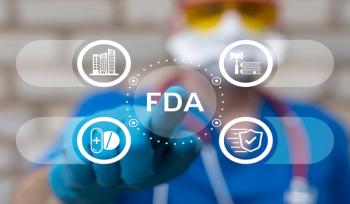
Health Equity & Access Weekly Roundup: October 5, 2024
Key Takeaways
- The Supreme Court's decision against the Sackler family underscores corporate accountability in public health crises, allowing renewed litigation for their role in the opioid epidemic.
- A report reveals critical gaps in opioid use disorder treatment access, particularly affecting Medicare and Medicaid enrollees, exacerbating the public health crisis.
The Center on Health Equity & Access is dedicated to reducing health care disparities by exploring innovative solutions, policies, and research that advance health equity for diverse populations.
The US Supreme Court's decision to revoke the Sackler family's immunity from opioid-related lawsuits marks a turning point in corporate accountability during public health crises. This ruling, which overturns a prior bankruptcy court settlement, allows for renewed litigation against the Sacklers for their role in the opioid epidemic. Meanwhile, a new report from the Office of Inspector General exposes critical gaps in access to opioid use disorder treatment, particularly for Medicare and Medicaid enrollees, exacerbating the ongoing public health crisis. Addressing these treatment access challenges remains an urgent priority as legal action progresses.
A recent study in
Historic redlining has long-lasting impacts on health outcomes by suppressing economic opportunity and access to care. Minority populations in redlined areas face greater risks of fatal diseases, pregnancy complications, HIV, and asthma exacerbations worsened by environmental hazards, industrial pollution, and stress. To address these disparities, policy makers must prioritize investments in housing, education, health care access, and economic empowerment alongside policies targeting environmental and social factors in historically redlined areas. Comprehensive interventions are essential to mitigate the ongoing effects of redlining and improve health equity for affected populations.
A study of over 15 million US deliveries found that hypertensive disorders of pregnancy (HDP), particularly HELLP syndrome and severe preeclampsia, are strongly associated with increased risks of cardiovascular severe maternal morbidity (cvSMM). HELLP syndrome posed the highest risk, followed by severe preeclampsia and chronic hypertension. Cardiovascular complications like pulmonary edema and stroke were more prevalent in patients with HDP during delivery. While the study highlighted significant cardiovascular risks linked to HDP, it also acknowledged limitations related to data collection and potential misclassification. These findings stress the importance of targeted cardiovascular interventions for pregnant individuals with HDP, especially those with HELLP syndrome.
The expansion of Certified Community Behavioral Health Clinics (CCBHCs) has significantly increased access to mental health and substance use disorder care, now serving over half of the US population. These federally funded clinics, which provide comprehensive care regardless of ability to pay, have grown rapidly since their 2016 inception, expanding from just 1.53% of counties to nearly 40% by mid-2024. The study highlights geographic disparities in CCBHC access, with rural and underserved areas remaining less covered. While Medicaid- and Substance Abuse and Mental Health Services Administration–funded CCBHCs have improved care access for millions, further efforts are needed to ensure equitable distribution of services across the country.
Newsletter
Stay ahead of policy, cost, and value—subscribe to AJMC for expert insights at the intersection of clinical care and health economics.













































